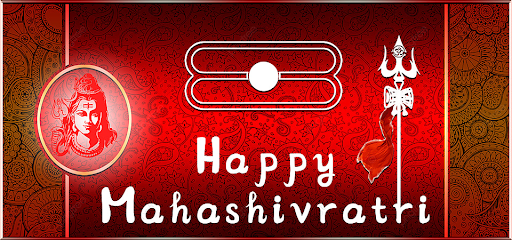Happy Maha-Shivratri
Maha-Shivratri means the most important night of lord Shiva. Shivratri is celebrated on the 14th day of every month, one day before the new moon. Among the 12 shivratri celebrated according to the Hindu Calender in a year, Mahashivratri is the most important one generally …


